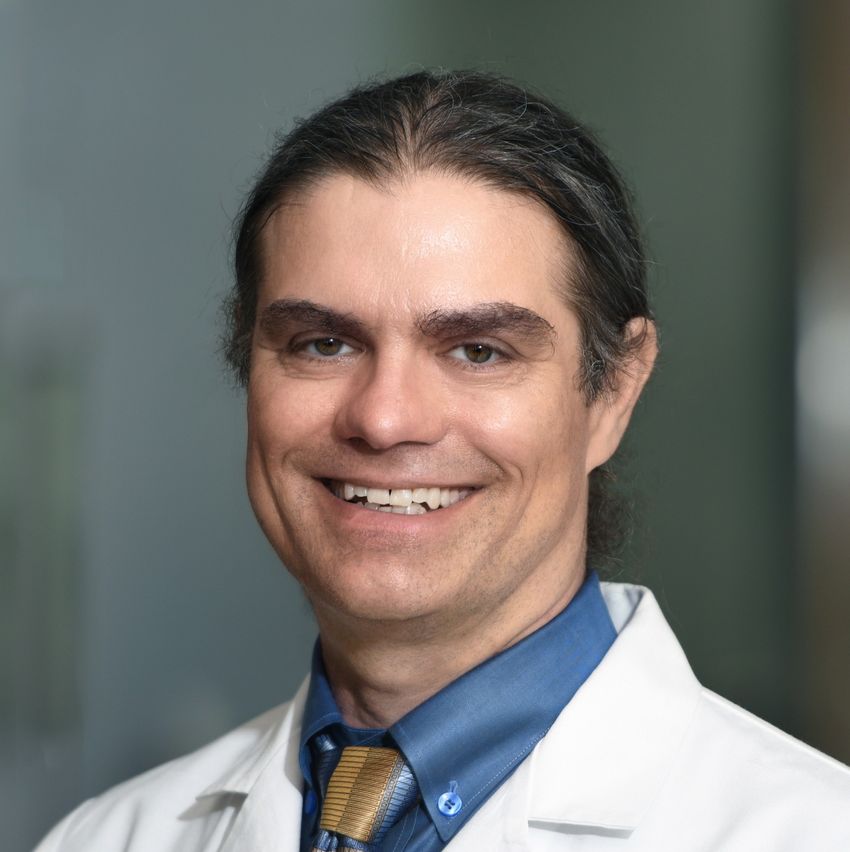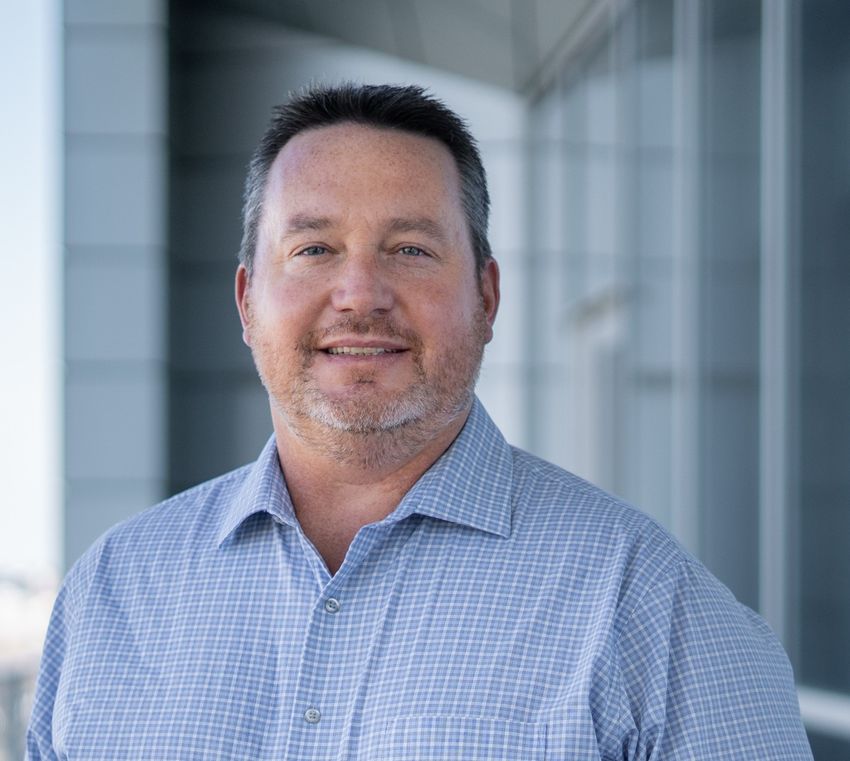Large, specialized cells in the stomach can quickly reprogram themselves to be small and proliferative by “throwing up,” rather than digesting, unwanted materials.
When the stomach gets injured, the large, enzyme-secreting cells in its lining, called chief cells, can quickly reprogram themselves to become small, proliferative cells to repair the damaged tissue. Scientists once thought that this dramatic downsizing involved the destruction of the cells’ components through lysosomes, organelles that act as cells’ garbage cans.
Jeffrey Brown is a gastroenterologist at Washington University. He studies cellular processes that can turn normal tissue in the foregut cancerous.
Jeffrey Brown
But recently, a group of researchers discovered that in mice, gastric chief cells did not swallow unwanted cell debris—they threw it up.1 The team, led by Jeffrey Brown, a gastroenterologist at Washington University and Jason Mills, an anatomical pathologist at Baylor University, named this process cathartocytosis, which means “cellular cleansing” in Greek. Their findings, published in Cell Reports, offer insights into how this novel biological phenomenon can help stomach wounds heal and if dysregulated, may lead to cancer.
“It’s really giving us a better understanding of how [gastric chief] cells can reprogram themselves so quickly, and it’s through a process that we didn’t know existed before,” said Richard DiPaolo, an immunologist at Saint Louis University who was not involved in the study.

Jason Mills, an anatomical pathologist at Baylor University, discovered paligenosis, a process by which highly specialized cells in the stomach and pancreas can quickly revert to a regenerative state upon injury.
Jason Mills
In 2018, Mills discovered paligenosis, a process by which differentiated cells in the stomach and pancreas could revert to an undifferentiated, proliferative phenotype upon injury.2 At the time, Brown worked as a postdoctoral fellow in Mills’s lab.
According to Mills, paligenosis likely serves as a pre-division quality check in reprogramming cells. If cells pass, they divide; if they fail, they commit suicide. “We think that cancers come when cells make the wrong choice, when they should have died and [instead], they proliferate,” Mills said. “We think that this whole system evolved because of the cancer risk.”
Both Mills and Brown, who now has his own laboratory, wanted to understand the first steps of paligenosis: How could such large cells with a highly specialized function shrink within mere hours?
To address this question, the team induced stomach injury in mice using tamoxifen. Researchers commonly supplement mouse feed with tamoxifen to induce genetic manipulations, such as knockouts. However, Mills accidentally discovered that at higher doses, the drug could cause injury in the mice’s stomach that induced the gastric chief cells to undergo paligenosis.
“I kept telling my first graduate student that he was mislabeling things. Then we finally realized that it was the tamoxifen,” Mills recalled.
Mills also observed that the tamoxifen-induced damage mimicked the chronic infection of the human stomach with the bacterium Helicobacter pylori, which is known to increase an individual’s risk for developing gastric cancer, supporting the model’s clinical relevance.
Using advanced microscopy techniques, the team tracked the movement of the cells’ contents, including organelles, in the first 48 hours following the injury. They discovered, to their surprise, that cells threw up about two-thirds of their volume into the stomach cavity, the lumen, instead of routing these materials to lysosomal degradation.

Richard DiPaolo, an immunologist at Saint Louis University, investigates the pathophysiology of human diseases, such as cancer. He was not involved in the study.
Richard DiPaolo
Cells began vomiting as early as eight hours after injury, and by the 24-hour time point, they were considerably shrunken. This indicated to the team that cathartocytosis is a critical early step in paligenosis. “Instead of doing this slow process where you have to break down every lipid, sugar, and protein—even organelles—they can just get rid of the stuff,” Brown said. “And in the stomach, it’ll just get absorbed later on.”
Furthermore, the researchers did not see lysosomal markers localize to the lumen-facing side of the stomach lining, where cathartocytosis takes place. This suggested that the process occurs independently of lysosomal degradation.
DiPaolo said, “The microscopy tools that they used were outstanding. They were really careful to show that this is different than other pathways that have already been described.”
Mills and Brown are investigating how cells orchestrate cathartocytosis and what proteins are involved. They also want to know if the process occurs in other tissues. DiPaolo already envisions the clinical relevance of cathartocytosis. “If this pathway could be manipulated, it’s possible you could activate it to help repair wounds faster.”

